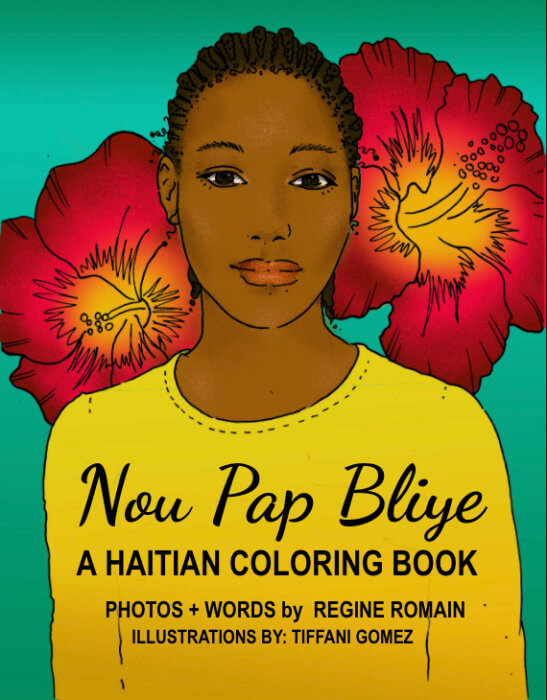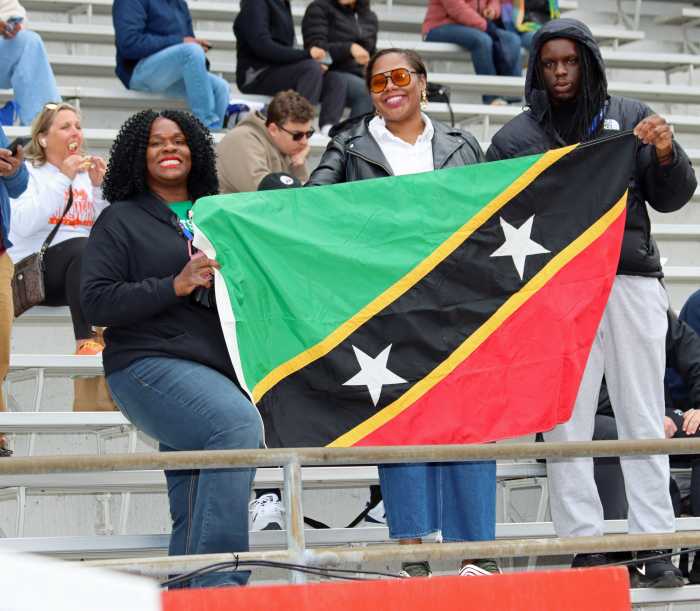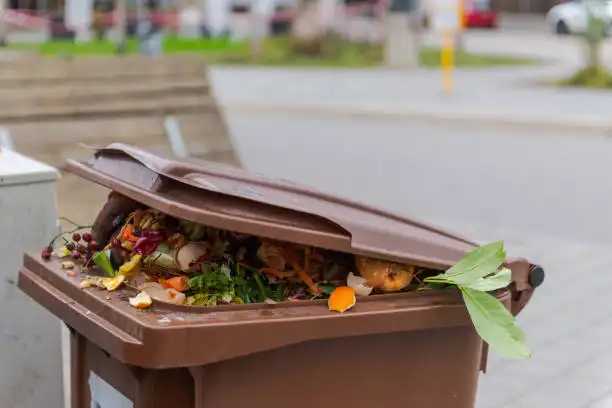Régine Romain, a Brooklyn-based Haitian-American artist, educator and visual anthropologist, in association with the WaWaWa Diaspora Centre, has published “Nou Pap Bliye: A Haitian Coloring Book,” a collection of illustrated photographs, poetry and cultural symbols.
“Nou Pap Bliye” in Haitian Kreyòl means “we will never forget.”
“January has always been a significant month for the people of Haiti,” Romain said. “Jan. 1, 1804 is celebrated throughout the country and its Diaspora as Haiti’s Independence Day from French colonial rule and chattel slavery. This year of 2021 marks the 217th anniversary of Haiti’s triumphant evolution as the first free Black nation in the Americas.
“This year also marks the 11th anniversary of the catastrophic 7.0m earthquake that occurred in Haiti on Tuesday, Jan. 12, 2010,” she added.
Romain said “Nou Pap Bliye” features illustrated images of Haiti that she captured three weeks after the devastating earthquake.
Rather than continue to emphasize the images of catastrophic loss and devastation inundating international media following the tragedy, Romain said the photographs emphasize “the elements of faith, dignity, honor and respect that allowed Haitian communities to survive and move forward.”
Romain said she photographs and researches “Haiti’s shifting yet distinct presence throughout the world in an ongoing visual Diaspora project.”
She said her work is grounded in individual and community portraiture.
Through her photographs and writing, Roman said she seeks to bridge two compelling views: the individual — shaped by Romain’s identity as the daughter of Haitian immigrants raised in the United States; and the collective — depicting the reality of Haiti as a self-determining nation with an ever-evolving generation of people committed to redefining its own ethos.

She believed that “in the hands of Haitian people, the camera can provide a broader view of our own experiences and histories, often in contrast to accepted media depictions.
“The need remains for our own gaze to be seen; one that stokes the collective imagination and keeps new ways of seeing alive,” Romain said.
She said the images featured in “Nou Pap Bliye” were initially exhibited in her first solo exhibition, “Portraits for Self-Determining Haiti”, at the A.I.R. Gallery in Brooklyn, during her time as a 2011-2012 A.I.R. Fellow.
Subsequent exhibits followed at The Watergate Gallery and Artomatic of Washington, DC.
The images are also in the permanent collection at the Schomburg Center for Research in Black Culture in Harlem, and are highlighted in a photo essay in Meridians Vol 11, Dec 2011, an academic journal published by Smith College.
Romain said “Nou Pap Bliye” highlights “what it means to affirm, value, and sustain the worldview of those who have been historically misrepresented and underrepresented like the people of Haiti.”
Included in the book is an original poem Romain wrote while in Haiti post-earthquake.
In her efforts to reach a broad audience with this empowering message of Haiti, Romain had the poem translated into multiple languages, which include Haitian Kreyòl, Twi (Ghana), Spanish, Ibo (Nigeria) and French.
“This book is a visionary invitation to remember and reconstruct our rich heritage as we add color to the contours and textures of the people and places that continue to thrive in the wake of persistent struggle” writes Deirdre Hollman, educator and founder of the Black Comics Collective, and author of the book’s forward.
“Crafted with pride and dignity, ‘Nou Pap Bliye’ is the culturally affirming coloring book we all need and deserve.,” Hollman added. “Perfect for children and adults, the whole family can indulge in the colors of the African diaspora.”
Romain said the culturally-affirming images Hollman spoke about were illustrated by Tiffani Gomez, an interdisciplinary Afro-Latina artist based in Washington, D.C.
Romain said Gomez, her niece, was “thrilled to work on this project, especially during the COVID-19 pandemic quarantine.”
“2020 was really difficult because of the isolation from family and community,” Gomez said. “But working on this book project allowed me to dive deeper into my culture and artistry.
“As a child, I never had a coloring book about Haiti or Haitian people,” she added. “But, now, we all do, which is so cool. Representation matters.”



















